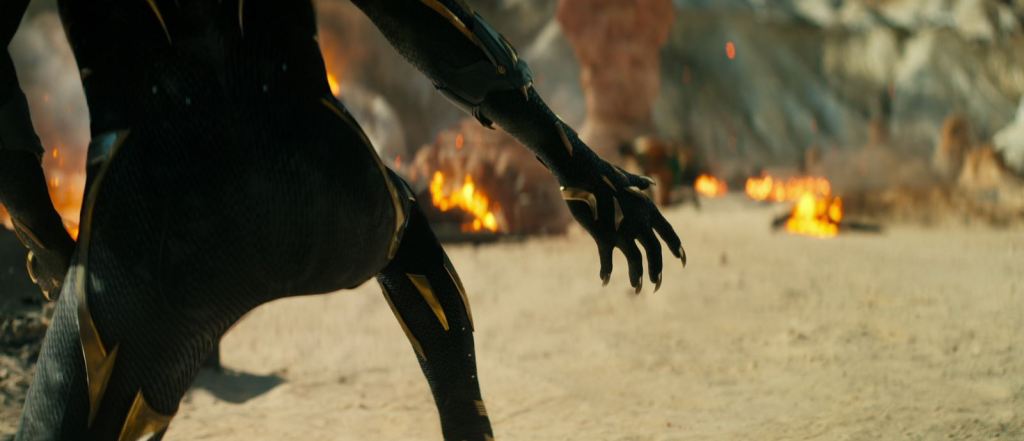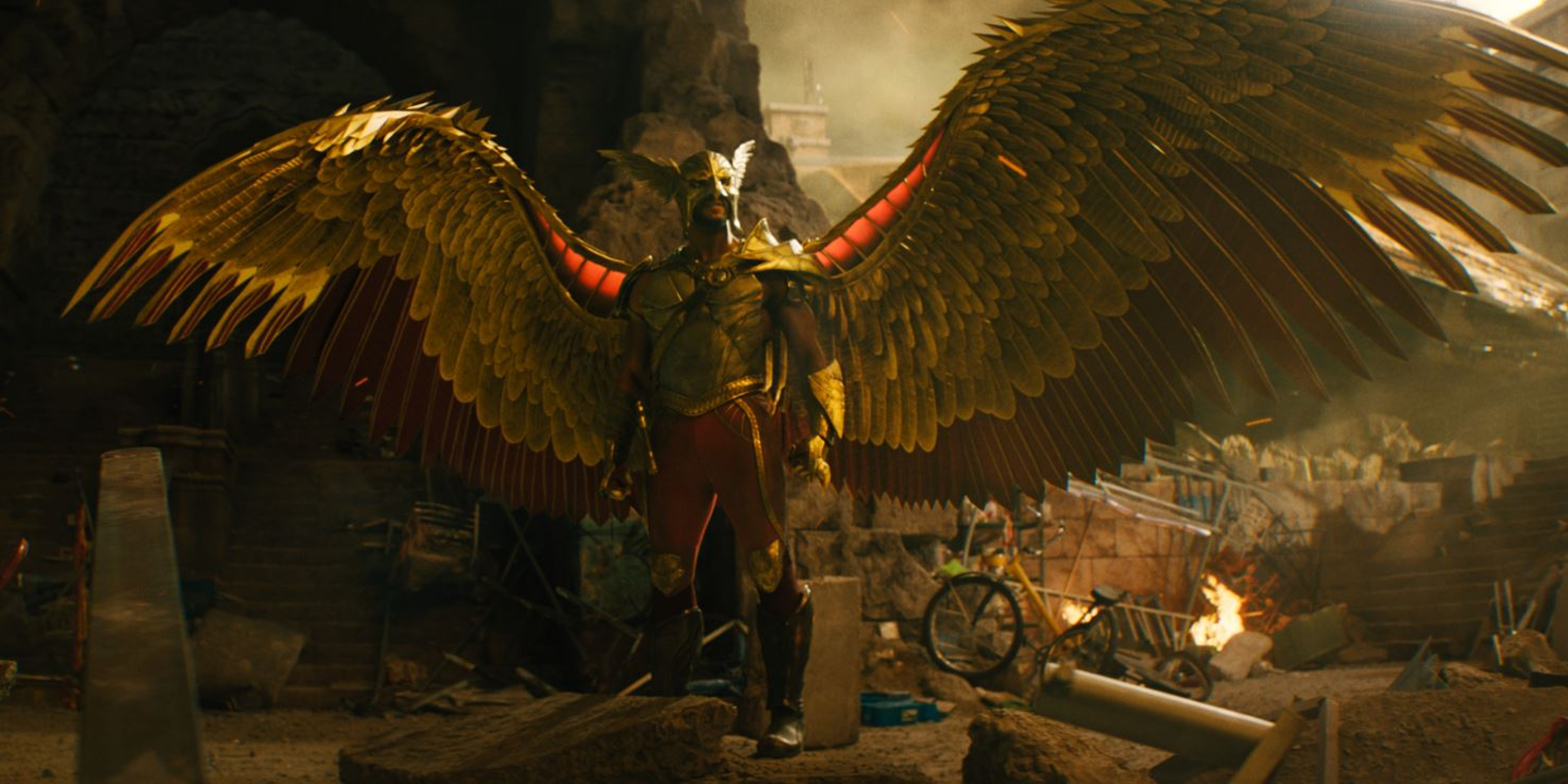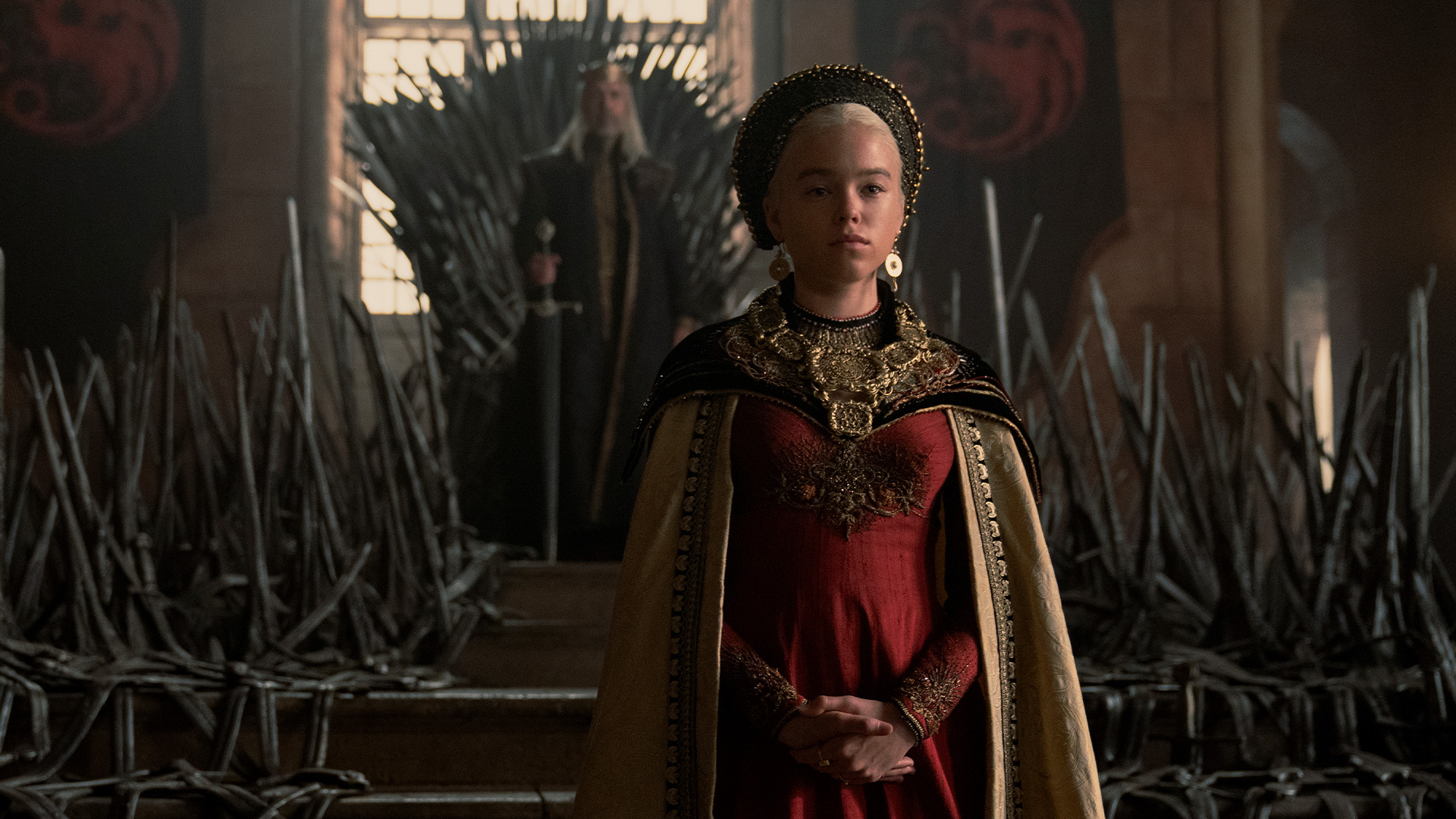
“Yibambae!”
Wakanda Forever handled the death of Chadwick Boseman, and subsequently the death of T’Challa, better than expected. The film honored the legacy of Boseman and provided a well-needed send-off for the tragic loss to not only the characters within the film but audiences around the world as well.
After T’Challa’s funeral, the film resumes a year later with Wakanda being called out for not sharing their vibranium-infused technology with the world as T’Challa promised at the end of Black Panther (2018). The loss of T’Challa has left a void in the heart of Wakanda, and neither his mother, Regent Queen Ramonda (Angela Bassett) nor his sister, Shuri (Letitia White), have fully healed from his death. While Wakanda Forever did an admirable job continuing the Black Panther series, it presented itself as a movie about side characters. In the first Black Panther, Boseman and Michael B. Jordan’s Killmonger elevated the film. Here, that leading performance was missed and led to a drop in quality. The biggest issue with Wakanda Forever, however, was its pacing. Some scenes dragged on too long and some plot points escalated far too quickly.
As always with MCU movies, Wakanda Forever’s action was stellar with crisp sequences that packed a punch. Apparently, Namor is far more powerful than I had originally thought he was and was a spectacle to watch. I did enjoy the idea of Namor’s hidden underwater kingdom being more Mayan-inspired, and the unique origin of how Namor got his name.

Even without a strong lead, Bassett, and White, as well as Okoye (Danai Gurira) and Nakia (Lupita Nyong’o), each did their characters justice and brought something unique to the film. Having just rewatched the first movie, it was impressive to see the subtle changes each actor brought a sense of grief to their characters with the loss of T’Challa. Newly introduced to the Marvel Cinematic Universe were Namor (Tenoch Huerta) and Riri Williams (Dominique Thorne). Unfortunately, neither of these characters stood out or made a great impression. They were just OK but didn’t bring the charisma to their performance to distinguish themselves (consider Tom Holland’s introduction as Spider-Man or Chadwick Boseman’s introduction as Black Panther in Captain America: Civil War (2016)) amongst the ever-expanding roster of the MCU.
Even with my issues, Wakanda Forever was successful in passing on the Black Panther torch while respecting Boseman’s legacy. Overall, I’d rate Wakanda Forever 3 ½ / 5 stars. While the film did a decent job with a bad hand dealt, it continues the trend of a drop in quality for the Marvel Cinematic Universe in the aftermath of Avengers: Endgame (2019).




